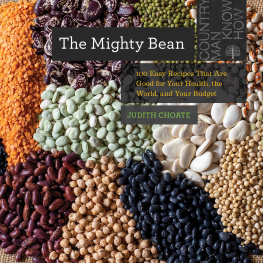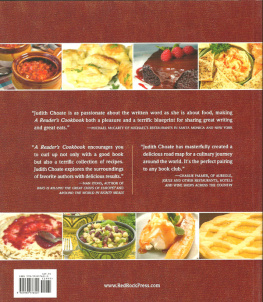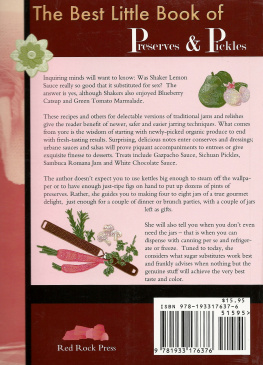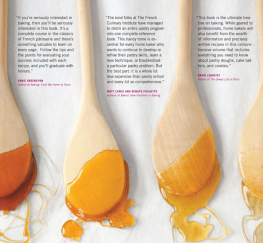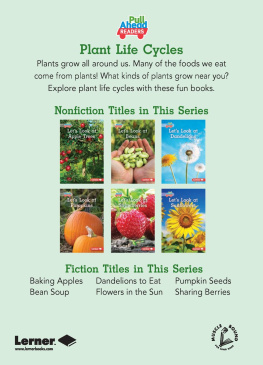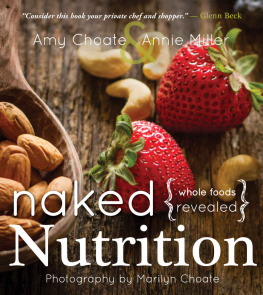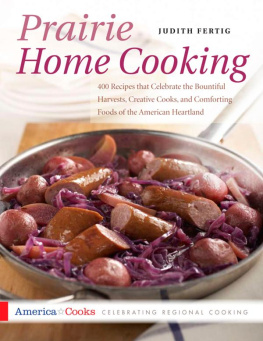Contents
Guide

The Mighty Bean
JUDITH CHOATE
100 Easy Recipes That Are Good for Your Health, the World, and Your Budget
PHOTOGRAPHS BY STEVE POOL

THE COUNTRYMAN PRESS
A Division of W. W. Norton & Company
Independent Publishers Since 1923
CONTENTS
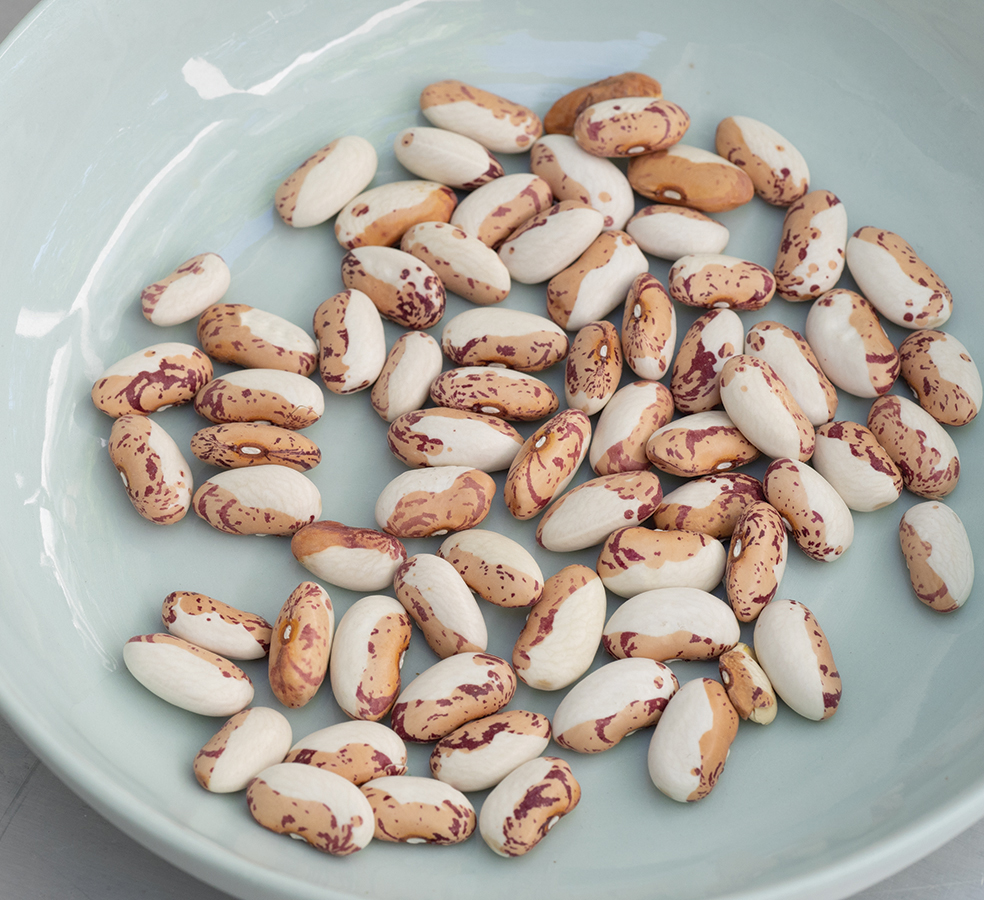
Introduction
I grew up eating beans and rice, just as my grandchildren have. For me, pinto beans and long-grain rice was the ultimate comfort food. For my grandchildren, their menu looks even more eclectic given todays diversified market. They enjoy a variety of beans, from refried or highly seasoned black beans to Italian-scented cannellini, borlotti beans, or other legumes, each paired with a rice of unique color, size, and flavor.
I have been delighted to discover and enjoy these new varieties of beans and other legumes alongside my grandchildren. Because we have one granddaughter who is a vegan and one who is a pescatarian, Ive also come to know new products focused on the use of protein-rich legumes as their base or primary ingredient, such as lentil or chickpea pasta or other bean-based chips and snacks. Almost thirty years ago I wrote The Rediscovered Bean, one of my favorite cookbooks. Though the title labeled beans rediscovered, I had never forgotten this most basic of the worlds nutritional, inexpensive foods, and in recent years it seems weve all begun to find joy in legumes.
Legumes, also known as pulses, are the edible seeds of a pod-bearing plant. We describe these seeds with common names like beans, peas, lentils, and peanuts. Legumes are among natures most balanced foods. They are consumed daily all over the world; are a basic component of plant-based or meat-free diets; and are exceedingly low in fat, and what fat they do contain is unsaturated. They are cholesterol-free, yet they help manage blood cholesterol and glucose as well as remain high in vegetable protein, fiber, vitamins, and minerals. For instance, a serving of cooked dried chickpeas offers more folate than a serving of kale as well as three times as much iron as a 3-ounce chicken breast. And legumes have one of the lowest carbon footprints in agriculture because they recycle nutrients from the atmosphere back into the soil, drastically reducing the use of chemical fertilizers. Most importantly in todays economy, they are cheap: a generous serving of lentils costs from ten to fifteen cents, and other legumes are not much more. An even more important fact is that they are easy to cook and lend themselves to a myriad of cuisines and flavors.
Recently, a team of scientists from Oregon State University, Bard College, and Loma Linda University doing a study on climate change and food made an extraordinary proclamation. They estimated that if everyone in America was willing and able to make just one dietary changesubstitute beans for their annual consumption of beef (cattle are responsible for almost half of the greenhouse gas emissions that come from livestock)the United States could come close to meeting the greenhouse gas emission goals for 2020 set in 2009 by President Barack Obama. This means that if nothing at all was concurrently being done about changing transportation systems, energy infrastructure, or other impacting climate issues, beans for beef could possibly bring greenhouse gas reductions to somewhere between 46 and 74 percent to meet that 2020 target. At the same time, we could continue to eat other meats and proteins.
In addition, as more research has focused on plant-based diets, it has been shown that eating meat increases the risk of cardiac diseases as well as some cancers. It has also been found that all processed meats show signs of contamination by fecal matter, which is then ingested when the product is cooked and eaten. The use of antibiotics to ensure the health of livestock and poultry has also increased human resistance to them. And companies continue to try to mimic the taste of meat in plant- or science-based meat substitutes. Together, these points only further demonstrate the healthfulness of a meal built on legumes.
It is easy to state that legumes are versatile, packed with nutrition, gluten-free, easy on the budget, long-storing, and agriculturally enriching. To the point, they are one of the worlds most valuable food sources and, fortunately, there are now so many more of them to enjoy. This diversity is the main reason that I decided to revisit the subject, as I have made the exciting discovery of rediscovered beans and other legumes of the international kitchen and todays growers. Legumes are true health harbingers for the planet as well as for humanity, and it has been an exciting and tasty adventure to learn more about the deliciousness of these health-rewarding foods.
NAME THAT LEGUME: BEAN, LENTIL, PEA, OR PEANUT?
Beans

